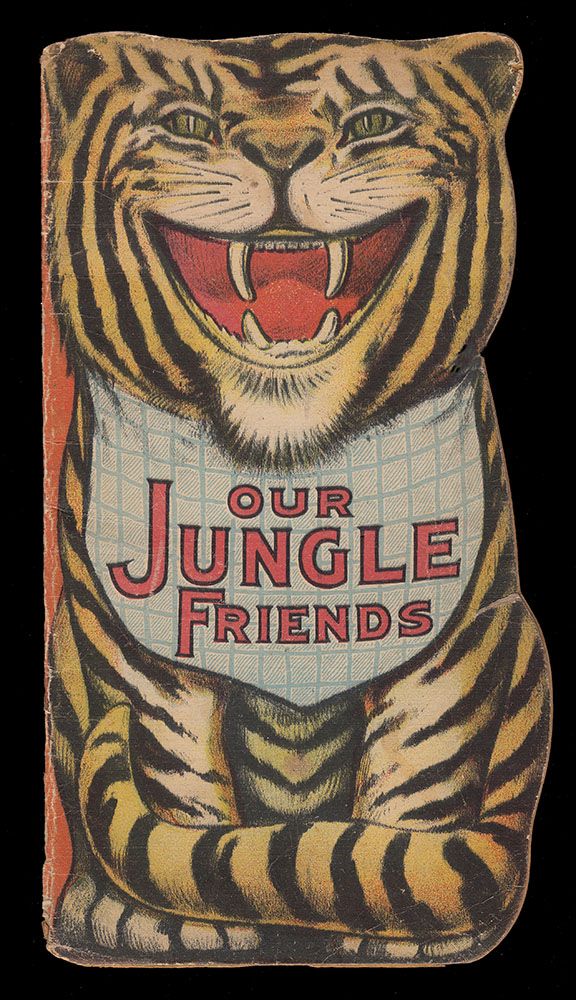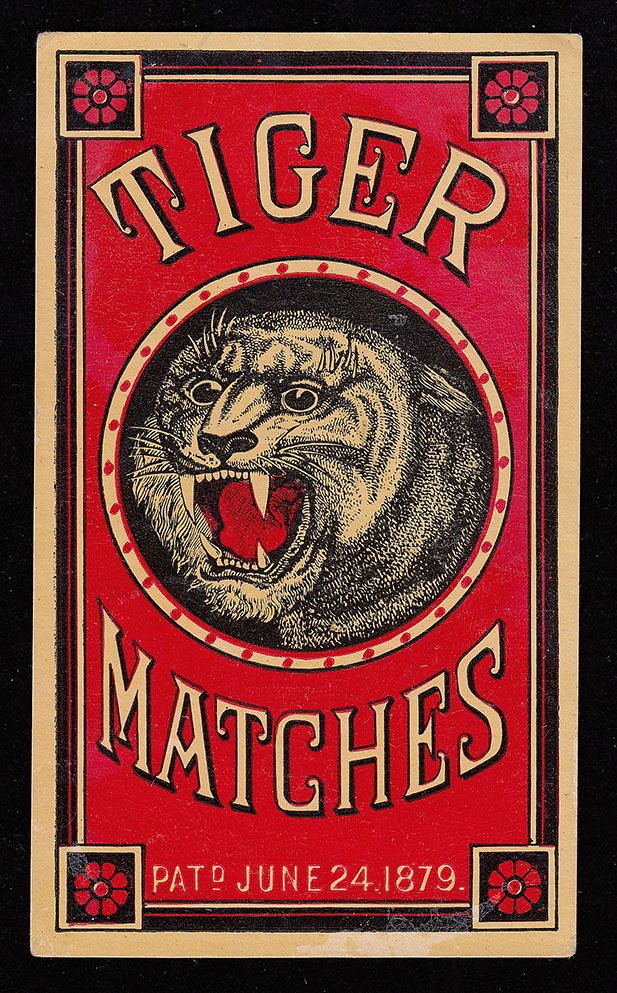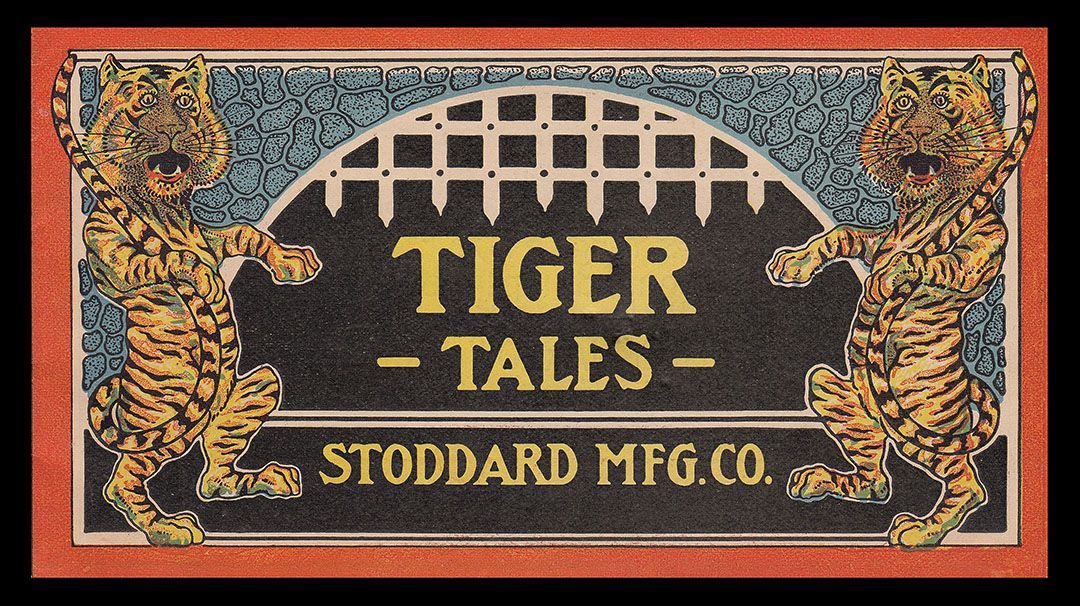Humans have been fascinated by animal imagery since the prehistoric era. Cavemen painted images of animals on walls to record their observations and to symbolically “capture” their prey. With the advent of the printing press, animal imagery was used as a symbol for the press itself and in association with other methods of distributing the printed word. For example, the great 15th century Venetian printer Aldus Manutius employed the image of a dolphin, wrapped around an anchor, as his printer’s mark.
With the onset of the industrial revolution, advertisers prolifically used animal imagery to promote the sale of products and services. Animals were often humorously anthropomorphized to create positive emotions which would resonate with potential buyers. In addition, animal imagery was often used to associate the product with desired characteristics such as strength, speed, or beauty.
It is not surprising that a significant number of ephemera collectors focus on gathering advertising images of a particular animal. The first “collected animal” that comes to mind is probably the omnipresent cat, although most likely the dog closely follows the domestic feline in animal-image popularity. Reinforcing this speculation is the fact that Author Alice Mucaster needed three books to depict cat imagery on ephemera: The Cat Made Me Buy It! A Collection of Cats Who Sold Yesterday’s Products, The Black Cat Made Me Buy It, and The Cat Sold It.
Among the 37 feline species, is the tiger(Panthera Tigris). Despite the lion’s moniker of “king of the jungle”, the tiger is generally considered to be larger and stronger. When I was growing up, I distinctly recall being confronted, at our breakfast table, with the image of the red-bandanna-wearing Tony the Tiger on boxes of Kellogg’s Frosted Flakes. On our only black-and-white television, I watched Tony ferociously growl “They’re grrrrrreat!”. Perhaps these repetitive juvenile experiences lingered in my mind and subliminally prompted me to gather ephemera with tiger images.
In this very small “exhibit”, I share a few examples of tigers on various types of ephemera: label, tradecard, calendar, die-cut book, advertising booklet, etc. I hope you will agree that these examples reflect innovative graphic design and that you will find it fun to compare how a particular animal—here our striped friend—is variously depicted during different time periods and in association with widely-disparate products and services.
I invite you to add tiger images or create another “exhibit” using other animals depicted on ephemera. Let’s create an ephemera menagerie.




















